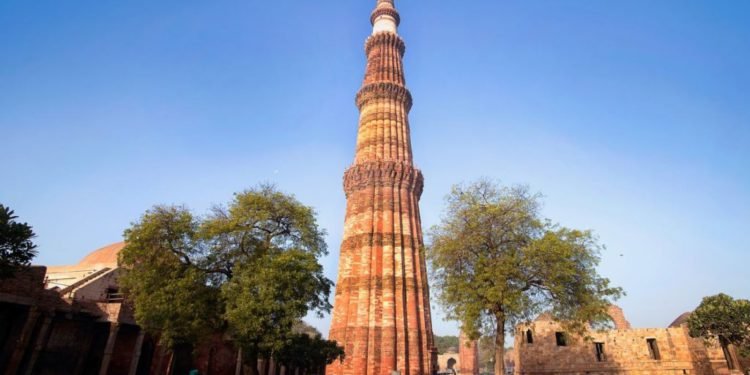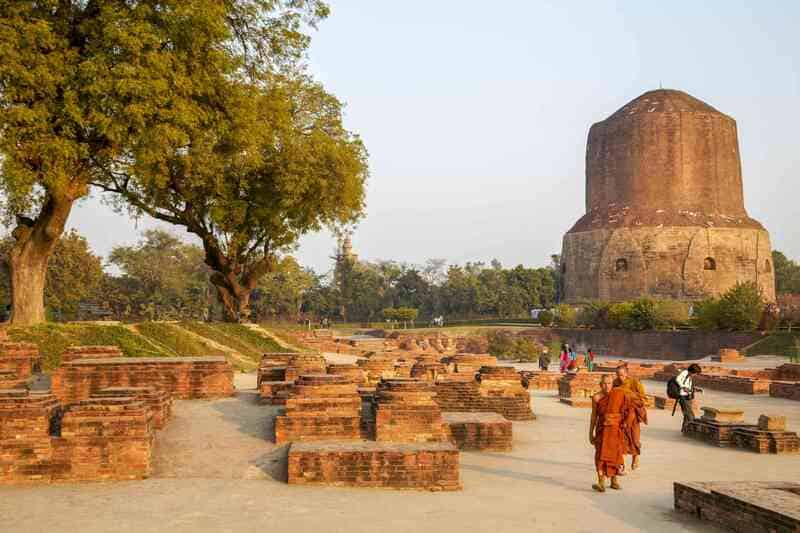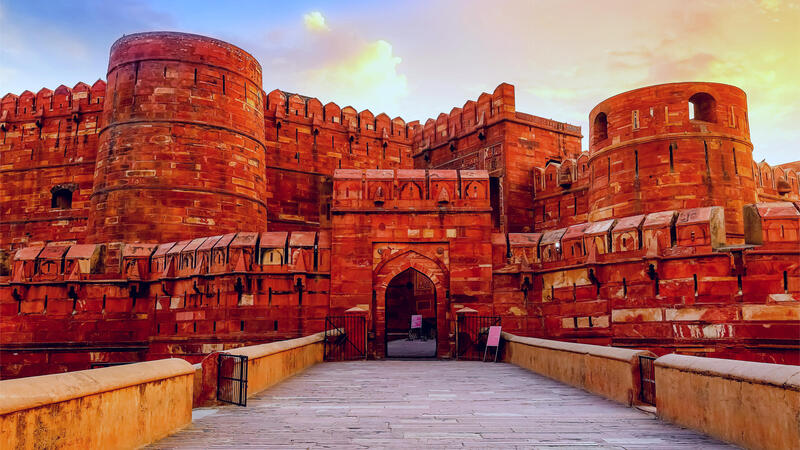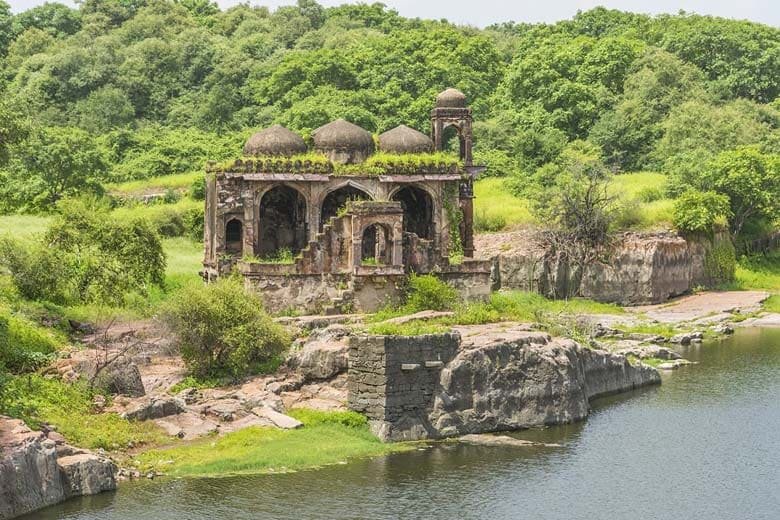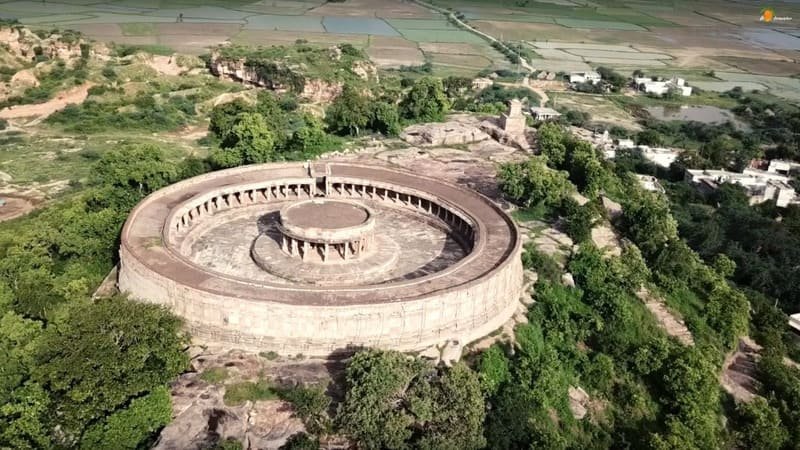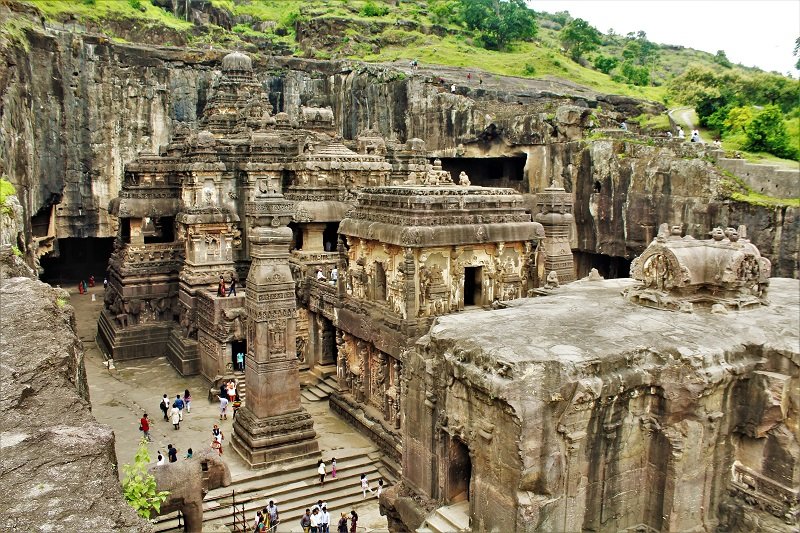
Ajanta and Ellora Caves, Maharashtra.
Ellora Cave Rd, Ellora, Maharashtra 431102.
The Ajanta and Ellora caves are a set of rock-cut caves located in the Indian state of Maharashtra. These caves are known for their intricate carvings, murals, and sculptures that showcase the artistic and cultural achievements of ancient India. The caves have been designated as UNESCO World Heritage Sites and attract millions of tourists from all over the world every year. In this blog, we will explore the history, architecture, and significance of the Ajanta and Ellora caves in detail.
History of the Ajanta Caves
The Ajanta caves are a set of 30 rock-cut caves that were built during the period of the Satavahana dynasty in the 2nd century BCE. The caves were used as a Buddhist monastery and served as an important center of Buddhist learning and pilgrimage. The caves were abandoned in the 7th century CE and remained hidden for centuries until they were rediscovered by a group of British soldiers in 1819.
The Ajanta caves are known for their intricate murals that depict the life of Buddha and the various Buddhist stories and legends. The murals are considered to be some of the finest examples of Indian art and are renowned for their use of color and perspective. The caves also contain a number of sculptures and carvings that showcase the artistic achievements of ancient India.
History of the Ellora Caves
The Ellora caves are a set of 34 rock-cut caves that were built between the 6th and 10th centuries CE. The caves are located in the Deccan plateau and were built by the Rashtrakuta dynasty, who were known for their patronage of the arts and architecture. The caves are a testament to the religious and cultural diversity of ancient India and contain Buddhist, Hindu, and Jain temples.
The Ellora caves are known for their intricate carvings and sculptures that depict various aspects of Hindu, Buddhist, and Jain mythology. The caves also contain a number of monasteries, prayer halls, and meditation chambers that were used by the monks and ascetics who lived in the caves. The caves are renowned for their use of innovative techniques and are considered to be some of the finest examples of rock-cut architecture in India.
Architecture of the Ajanta Caves
The Ajanta caves are located on a horseshoe-shaped rock escarpment that overlooks the Waghora river. The caves were cut into the rock face using simple tools and techniques, and the interiors of the caves were then decorated with elaborate murals and sculptures. The caves are divided into two groups - the earlier Hinayana caves and the later Mahayana caves.
The Hinayana caves are simpler in design and were used for meditation and worship. The Mahayana caves, on the other hand, are more elaborate and were used for public gatherings and ceremonies. The caves are also known for their innovative use of light and shade, which creates a sense of depth and perspective in the murals.
Architecture of the Ellora Caves
The Ellora caves are located on a basaltic ridge that extends for over 2 kilometers. The caves are arranged in a north-south axis and are divided into three groups - the Buddhist caves, the Hindu caves, and the Jain caves. The Buddhist caves are located in the southern part of the site, while the Hindu and Jain caves are located in the northern part of the site.
The Buddhist caves are characterized by their simple design and contain a number of prayer halls and meditation chambers. The Hindu caves are more elaborate and contain a number of temples dedicated to various Hindu deities. The Jain caves are known for their intricate carvings and sculptures that depict the life and teachings of Jain Tirthankaras.
Significance of the Ajanta and Ellora Caves
The Ajanta and Ellora caves are significant for a number of reasons:
-
Cultural and Artistic Significance: The caves are a testament to the artistic and cultural achievements of ancient India. The intricate murals, sculptures, and carvings found in the caves showcase the diversity and richness of Indian art and culture.
-
Religious Significance: The caves are important pilgrimage sites for Buddhists, Hindus, and Jains. The Buddhist caves at Ajanta served as an important center of Buddhist learning and pilgrimage, while the Hindu and Jain caves at Ellora were important centers of worship and devotion.
-
Architectural Significance: The Ajanta and Ellora caves are considered to be some of the finest examples of rock-cut architecture in India. The innovative techniques used in the construction of the caves and the intricate designs and carvings found within them are a testament to the skill and creativity of the ancient Indian craftsmen.
-
Historical Significance: The Ajanta and Ellora caves provide important insights into the history and culture of ancient India. The murals, sculptures, and carvings found in the caves provide a glimpse into the lives and beliefs of the people who lived in ancient India.
-
UNESCO World Heritage Site: The Ajanta and Ellora caves have been designated as UNESCO World Heritage Sites, which highlights their importance as cultural and historical landmarks that must be preserved for future generations.
Conclusion
The Ajanta and Ellora caves are a testament to the artistic, cultural, and architectural achievements of ancient India. These caves are significant not only for their beauty and intricacy, but also for their historical and religious significance. The caves continue to attract millions of tourists from all over the world, and are an important part of India's rich cultural heritage. A visit to the Ajanta and Ellora caves is an unforgettable experience that offers a glimpse into the history and culture of ancient India.
